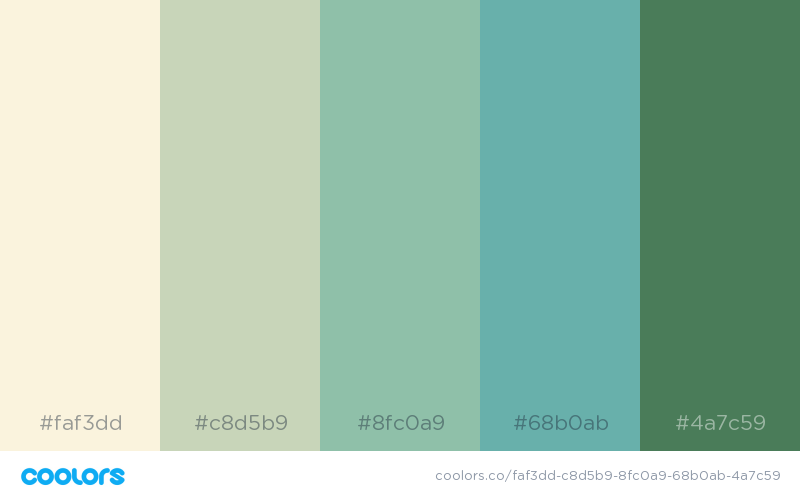How Chrome handles updates to the web app manifest
We are currently gathering data on browsers other than Chrome. If you would like to help us gather this data or add content to this page, please leave a comment in issue #4038.
That'll give you a spiffy icon for it in your Chrome OS app drawer. Alternatively, you can just open any web page you want, click the three-dot menu icon in Chrome's upper-right corner, and then. Chrome web app shortcuts are a halfway-house between standard document-focused websites, and more traditional local software applications. They offer an alternative means of running web apps, such as Gmail or Todoist, outside of your standard web browser. Chrome works hard to protect your data and privacy online. With easy-to-use privacy controls, Chrome lets you customize your settings and browsing experience to how you see fit. Download Google Chrome and enjoy it on your iPhone, iPad, and iPod touch. Get more done with the new Google Chrome on iPhone and iPad. Now more simple, secure and faster than ever, with help from Google built in. NEW with iOS 14 - You can now set Chrome as your default browser. Whether you need to access your work computer from home, view a file from your home computer while traveling, or share your screen with friends or colleagues, Chrome Remote Desktop connects you to.
When a PWA is installed, the browser uses information from the web app manifest for the app name, the icons the app should use, and the URL that should be opened when the app is launched. But what if you need to update app shortcuts or try a new theme color? When and how are those changes reflected in the browser?
Chrome Web App Citrix
Caution: Do not change the name or location of your web app manifest file, doing so may prevent the browser from updating your PWA.
In most cases, changes should be reflected within a day or two of the PWA being launched, after the manifest has been updated.
Updates on desktop Chrome #
When the PWA is launched, or opened in a browser tab, Chrome determines the last time the local manifest was checked for changes. If the manifest hasn't been checked since the browser last started, or it hasn't been checked in the last 24 hours, Chrome will make a network request for the manifest, then compare it against the local copy.
If select properties in the manifest have changed (see list below), Chrome queues the new manifest, and after all windows have been closed, installs it. Once installed, all fields from the new manifest (except name, short_name, start_url and icons) are updated.
Which properties will trigger an update? #
display(see below)scopeshortcutstheme_color

Caution: Changes to name, short_name, icons and start_url are not Grids - for instagram. currently supported on desktop Chrome, though work is underway to support them.
What happens when the display field is updated? #
If you update your app's display mode from browser to standalone your existing users will not have their apps open in a window after updating. There are two display settings for a web app, the one from the manifest (that you control) and a window/browser tab setting controlled by the user. The user preference is always respected.
Chrome Web App Install
Testing manifest updates #
The chrome://internals/web-app page (available in Chrome 85 or later), includes detailed information about all of the PWAs installed on the device, and can help you understand when the manifest was last updated, how often it's updated, and more.
To manually force Chrome to check for an updated manifest, restart Chrome (use chrome://restart), this resets the timer so that Chrome will check for an updated manifest when the PWA is next launched. Then launch the PWA. After closing the PWA, it should be updated with the new manifest properties.
References #
Updates on Chrome for Android #
When the PWA is launched, Chrome determines the last time the local manifest was checked for changes. If the manifest hasn't been checked in the last 24 hours, Chrome will schedule a network request for the manifest, then compare it against the local copy.
If select properties in the manifest have changed (see list below), Chrome queues the new manifest, and after all windows of the PWA have been closed, the device is plugged in, and connected to WiFi, Chrome requests an updated WebAPK from the server. Once updated, all fields from the new manifest are used. Tunnelblick vs openvpn connect.
Which properties will trigger an update? #
background_colordisplayorientationscopeshortcutsstart_urltheme_colorweb_share_target
If Chrome is unable to get an updated manifest from the server, it may increase the time between checks to 30 days. Genogram program for mac free.
Caution: Changes to name, short_name and icons are not currently supported on Android Chrome, though work is underway to support them.
Testing manifest updates #
The chrome://webapks page includes detailed information about all of the PWAs installed on the device, and can tell you when the manifest was last updated, how often it's updated, and more.
To manually schedule an update to the manifest, overriding the timer and local manifest do the following:
- Plug in the device and ensure it's connected to WiFi.
- Use the Android task manager to shut down the PWA, then use the App panel in Android settings to force stop the PWA.
- In Chrome, open
chrome://webapksand click the 'Update' button for the PWA. 'Update Status' should change to 'Pending'. - Launch the PWA, and verify it's loaded properly.
- Use the Android task manager to shut down the PWA, then use the App panel in Android settings to force stop the PWA.
The PWA usually updates within a few minutes, once the update has completed, 'Update Status' should change to 'Successful'
References #
UpdateReasonenum for Chrome on Android
